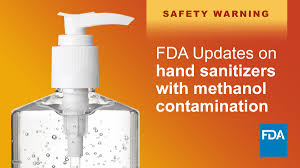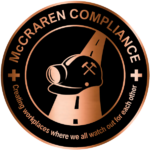
Food and Drug Administration has again updated its list of hand sanitizers that it says consumers should not use.
FDA test results show certain hand sanitizers have concerningly low levels of ethyl alcohol or isopropyl alcohol, which are active ingredients in hand sanitizer products. The agency urges consumers not to use these subpotent products and has expanded its list to include subpotent hand sanitizers, in addition to hand sanitizers that are or may be contaminated with methanol
The agency continues to add certain hand sanitizers to import alert to stop these products from legally entering the U.S. market.
FDA reminds consumers to wash their hands often with soap and water for at least 20 seconds, especially after going to the bathroom; before eating; and after coughing, sneezing, or blowing one’s nose. If soap and water are not readily available, the Centers for Disease Control and Prevention (CDC) recommend consumers use an alcohol-based hand sanitizer that contains at least 60 percent ethanol (also referred to as ethyl alcohol).
FDA reminds consumers to wash their hands often with soap and water for at least 20 seconds, especially after going to the bathroom; before eating; and after coughing, sneezing, or blowing one’s nose. If soap and water are not readily available, the Centers for Disease Control and Prevention (CDC) recommend consumers use an alcohol-based hand sanitizer that contains at least 60 percent ethanol (also referred to as ethyl alcohol).
Additionally, FDA reminds consumers that no drugs, including hand sanitizers, are approved to prevent the spread of COVID-19.


